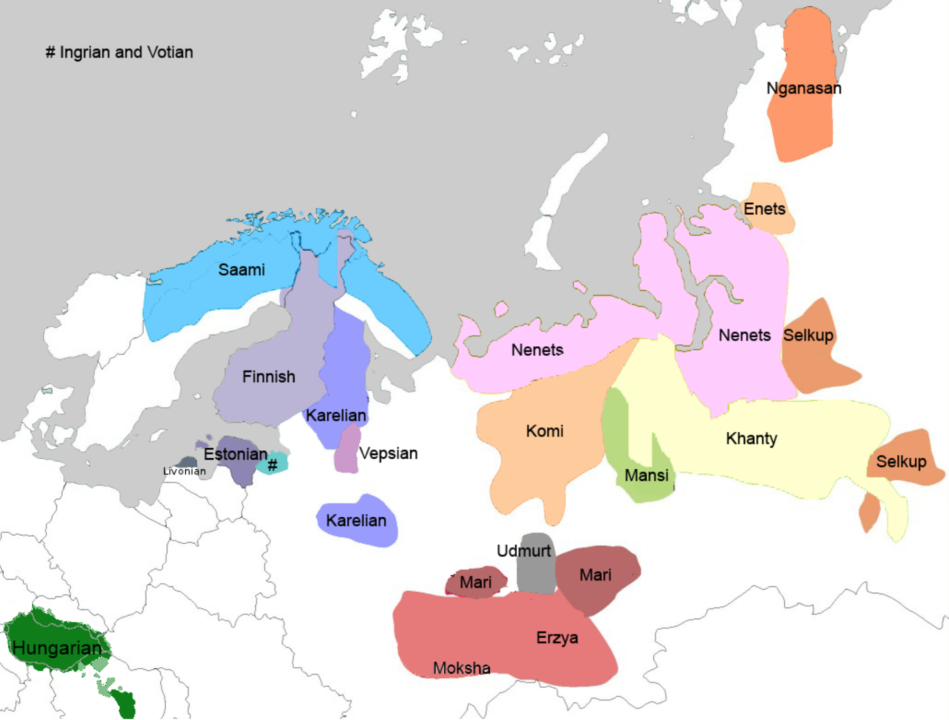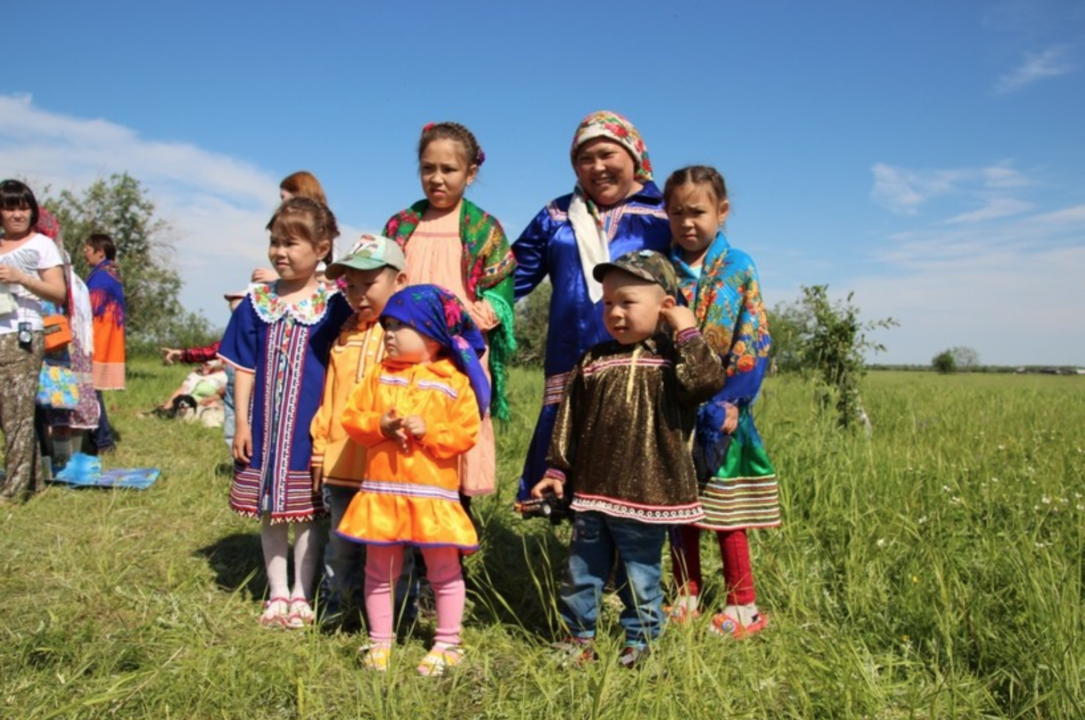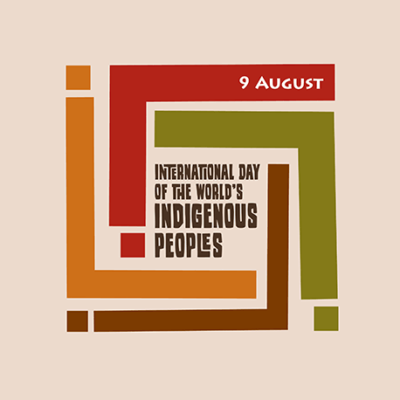
Selkups
Selkups are the last tribe of the ancient and once widespread Southern Samoyeds.
Names
Selkup autonyms are ‘sölkup, shölkup, shöshqum, čumõl qup, süssü qum’ which mean “taiga or forest person”. In the Russian language Selkups have also been called Ostyak Samoyeds. Selkups are the last tribe of the ancient and once widespread Southern Samoyeds.



Territory
Selkups live in Siberia around the Taz river and in the area between central streams of the Ob and Yenisey rivers, extending to Tomsk Oblast, Krasnoyarsk Krai and Yamal-Nenets Autonomous District (of Tyumen Oblast). They are the titular people in the Krasnoselkup region of Yamal-Nenets Autonomous District, but even there the share of Selkups is just 24%.
Population and language
According to Russia’s 2010 census there were 3649 Selkups, a decline from 4249 in 2002. Selkup language was spoken in 2010 in Russia by 1023 persons. Missionaries used the Latin alphabet for documenting Selkup language (1879) and the written language that was developed in 1931 was originally Latin-based, however changed into Cyrillics at the end of the 1930s as part of the Russification policy. Written language is based on Northen Selkup or Taz dialect which is spoken by approximately 90 of all Selkup speakers. Other dialects (Central Selkup, Southern Selkup and Ket dialect) are either disappearing or extinct.
History
In the 13th century Selkups came under the influence and taxation of Turkic tribes. The Krasnoyarsk fort settlement (ostrog) established in 1628 brought Selkups under Russian rule. Mass forced conversions to the Orthodox church began in the 18th century. In the 1930s, collectivisation, forced sedentism and a militant atheism gave a terminal blow to Selkup lifestyle and traditions. In the 1960s, sedentary Selkups adopted Russian lifestyle and mass culture.
Modern Times
Selkups’ traditional livelihoods are hunting, fishing and selling of fur. The destruction of this way of life combined with a new living environment has caused serious adaptation challenges for Selkups. Insufficient adaptation has led to high unemployment and mass alcoholism. Young people who have grown up in residential schools have been alienated from their traditional environment and their faster assimilation is only prevented by anthropological factors.

